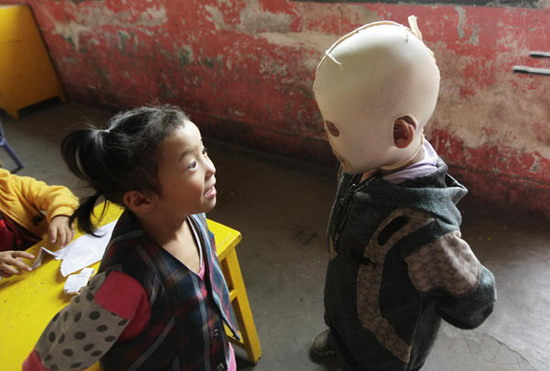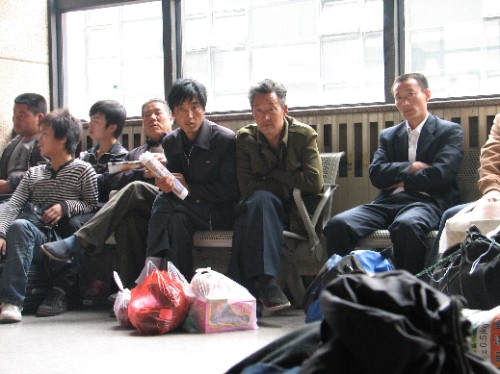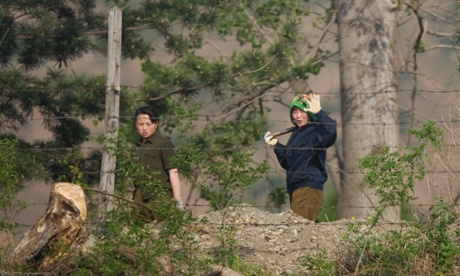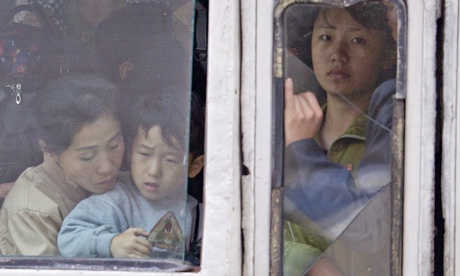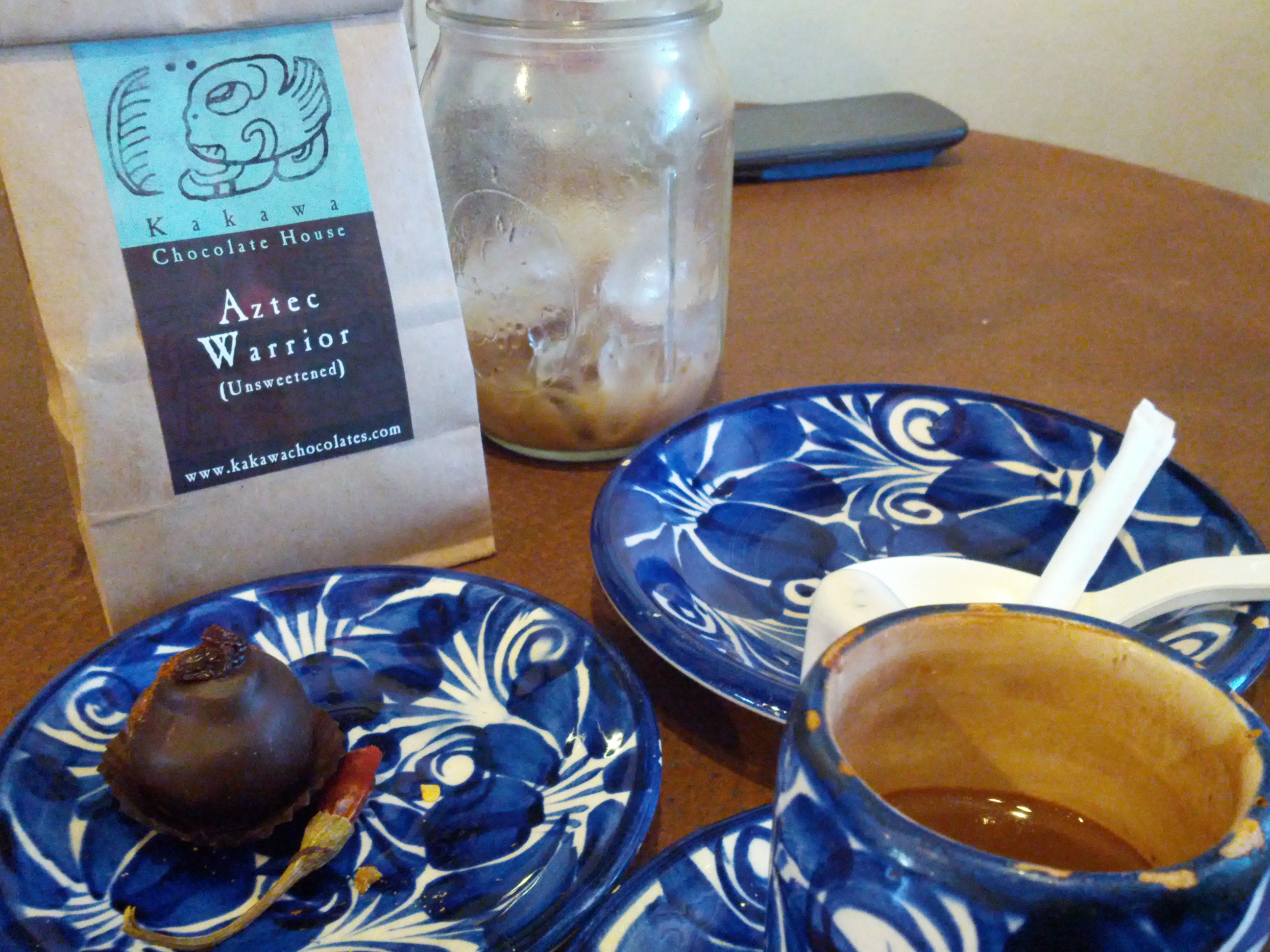
Near to, but not, the Calico 50K course
Outside of Barstow, California, up the literal hill to the north of town, is a ghost town named Calico. To get there, drive east from Los Angeles. Pass Barstow and keep going on the 15 in a Vegas-ish direction (rather than in an Albuquerque direction on the 40) for another 15 minutes until you reach the Calico Ghost Town exit at Yermo. This is where I was headed, to meander in the hills with 99 other runners on a moderately warm day in early 2015.
Every January (barring flash floods), a collection of able adults line up to run through those hills, over sand and desert scrub, paying for the privilege to pin a number to their shorts and get a little too sunburned for a late winter day. The regular visitors (read: tourists) to Calico pay them minimal mind, barely stepping out of the way as the runners finish their half day out sometime between late morning and mid-afternoon, so intent are those visitors on seeing a staged gunfight or spending far too much money on sweet shop fudge that likely came off a Sysco truck.
But for those runners, this is a relatively crucial day in the year, the day when the post-holiday indulgences are bartered against training miles over the last several months. Those runners might have plans for goal races later in the year, say, a hundred-miler far from home, a new adventure race, a destination 100K. Calico can be the first validation—or harbinger—of what’s to come in the spring.
Here’s why. For an ultrarunner (or any year-round competitive athlete, for that matter), what happens early in the calendar year doesn’t hide in the training log. It sticks with a person moreso than any event in December. In December you can write it off as “oh that was during the holidays”, or “oh that was last year!”. In January, though, it’s on the record.
And that’s why the first big test of the year needs to at least not go horrifically wrong. Anything less than a neutral result can be hard to shake (though there are some good ways to cope and move on, if you find yourself in that position), but good or positive or great results can bolster future training through the summer.
It was mile 6 of Calico 50K and I was struggling to get away from the morning’s OYP (Overly Yappy Person). Now, let’s be clear – I did begin some of the conversation by asking this guy questions about his ultra history. But he continued to talk for many minutes after my responses turned to grunts and finally pure silence. I can chalk it up to cluelessness but I still needed to escape. Ah ha! An aid station was approaching and this would be my chance. But the food table starting calling to me and I grabbed a few jelly beans, chewing while my bottle was getting refilled. Abruptly I changed my mind and jelly bean cud went into the aid station trash can. Problem solved!
(Poor aid station trash can, the brunt of all the fickleness of ultra runners or their moments of extreme despair.)
I picked up a few boiled potato chunks, dredged them in salt, and moseyed on. In that moseying my OYP had leapfrogged me and was several minutes up the trail, a fact I wouldn’t realize until much later. But at least I had some silence for a bit.
After the first bout with gentle downhill miles, we racers were ready to trudge uphill. A seemingly gentle grade of about 3 percent, relentless for the next 7 miles, meant that the truly slow were having a hard time already. I was keeping a steady clip of about 11 minutes per mile, which meant it felt neither too easy nor too hard. Good. This grade, from my course knowledge, was supposed to continue and get gradually steeper until the 17 mile mark. I supposed that when it got too steep to run I’d figure out an alternate plan for moving forward.
I hadn’t done a 50K in well over a year and had no idea what was in my legs. My last 50K had been a mountainous romp more than 15 months prior, in western New Mexico full of fall colors and frigid temperatures. It was preparation for a 100 miler near the Grand Canyon (the Stagecoach 100) later that same year – more apt than I had even anticipated when Stagecoach’s overnight chill got down into the teens, turning cola into slush and catching aid stations and runners alike perilously off-guard. That New Mexican 50K was relatively slow but faster than one in Flagstaff a month prior where I was truly still recovering after a summer hundred-miler.
What does all of this mean? Every ultra is different, but it does mean I’d not run anything resembling a respectable pace—in any event—in a heck of a long time. My fastest 50K, a pretty decent 5:22, was already 10 years behind me. I had no expectation to get near that time for Calico, given the climbs on the course. But I had a difference race that might have tipped me off to some latent potential, and that race is Pikes Peak Marathon. I ran that bugger in 2009 in 6:02, a fact for which I am still proud. With 8000’ of climb, it is a beast of a course.
Now, how does that mean anything for Calico, many years later? Parallels. Training is all about patterns and periodization. In 2009, my weekly mileage was growing well above previous levels of “the 30s” and “the 40s”, averaging 50 miles or so. Despite the fact that that base was created to support road racing performances, it was having a spillover effect in my trail speed. Pikes Peak was a hard race but it was doable by my training level. Speed is speed and lactate threshold is lactate threshold, apparently.
Prior to Calico I had finally gotten back up to some really strong big mileage weeks, and without injury. From marathon training I know that race success for almost any distance is primarily three things: base mileage, specific speed training, and not getting over-trained. Just before Calico I had logged a good number of 50-60 mile weeks with tons of climbing. Much of that was due to my move to Los Angeles and my newfound trail running partner, Geoff. We ran and ran and ran and enjoyed the company through December and January. Barring acute injury, I was strong and potentially a wee bit fast.

Elevating the ankle post-race
Acute injury, you say? Yep! After weeks of high mileage and lots of climbing, I followed that with some accidental low-mileage weeks with a stomach flu and some travel-related sleep deprivation and holiday disrupted training time. Just one week before Calico I put together a devastating combination: I ran a flat 8 miles on worn-out shoes, AND changed the seat position in my car to make my clutch leg extend in a new way. Sounds minor, but no. BOOM. Anterior Tibialis Tendonitis. I’ve had this injury before and it’s not fun. Since then I have increased my recovery knowledge in a big way, so immediately I went with icing and anti-inflammatories. I did not cancel the race, trusting the recovery.
I went into Calico with a lot to lose but much to gain.
I slowly chugged up the slope to the half-way mark around mile 16 in three hours flat. Not bad. Jogging all the way up a hill was not my idea of fun, but I got it done and now it was time for some moderately flat stuff and then a whole lot of rolling downhill. I saw my boyfriend Geoff somewhere around here, leaving the aid station as I arrived. Or the other way around.
As I meandered down the next section I remember someone saying there is a scrambling chute kind of thing and OH YES there it is! It’s actually a bit of a rock slide and I waste a little bit of time picking gingerly down it, babying my foot and my sense of balance. When finally at the bottom I take off again, now in mile 20+ feeling a bit of a surge. There’s a long and gentle downhill that I feel like a luge sled, gently swooping through curves and trying to pick off runners. I get a few, and make my way to the scariest part of the course (to me): the jeep trails.
Jeep trails scary? Yeah, just wait until you see these things. Up and down and up and down at crazy angles with ball bearing pebbles on hard dirt. It’s a recipe for slips and butt slides, but somehow I keep it under control and my ass intact.
Woot! Here’s the final aid station with less than 4 miles to go; they are amazed that I am jabbering and in good spirits. My mood in ultras is often the opposite of everyone around me: slow and morose in the beginning, neutral and apprehensive in the middle, and giddy and “get ‘er done” at the end. It confounds aid stations but makes the end of races a huge morale booster for me when I pass people who have run out of mojo.
The last few miles drag on, and on, despite what I just said. At one point you get within a few hundred yards of the ghost town and the finish, only to loop around again through a distant parking lot and up a steep hill to gain the finish chute (thankfully downhill). I’m happy even if my leg is complaining, and cross the line in 5:44 with a slight negative split and a 1st place master’s female. Sweet.

Finisher’s awards are gorgeous: hand-painted rocks!
What happened with the tendonitis? Proper anti-inflammatories kept it tamped down, but I did have to gimp around a little in the next month and yes, it did play a dampening role on my Black Canyon 100K in mid February. But all in good training, good learning, and a good January out in the middle of nowhere, somewhere east of Barstow, that strangely large little roadside town.
It seems unlikely that folks truly intend to stop in Barstow, whether for a night or for a lifetime. I could be wrong about that. Perhaps Barstow has a bit of hidden charm. Or perhaps it is just not all that much different, for better or for worse, than any other place. When I stop in Barstow, it is for one of two reasons: a pit stop for gas and/or coffee and/or sugar, or staying at a hotel for the Calico 50K.
See you there: January 21, 2018!














